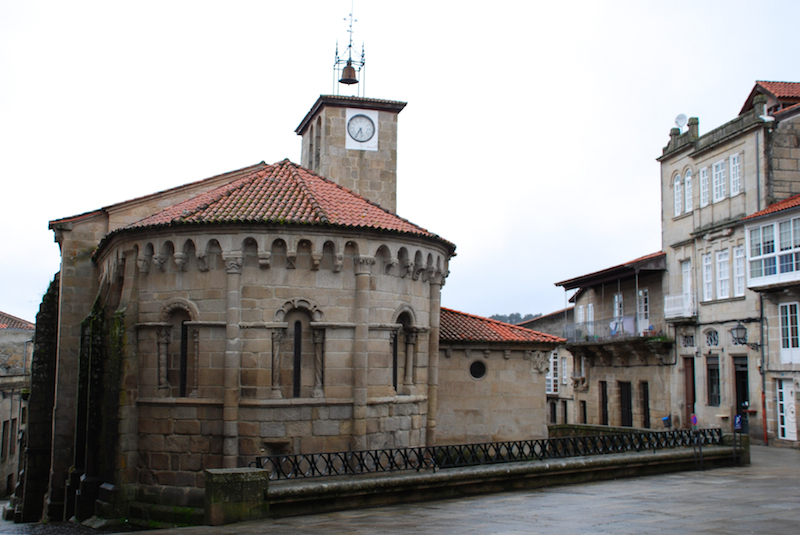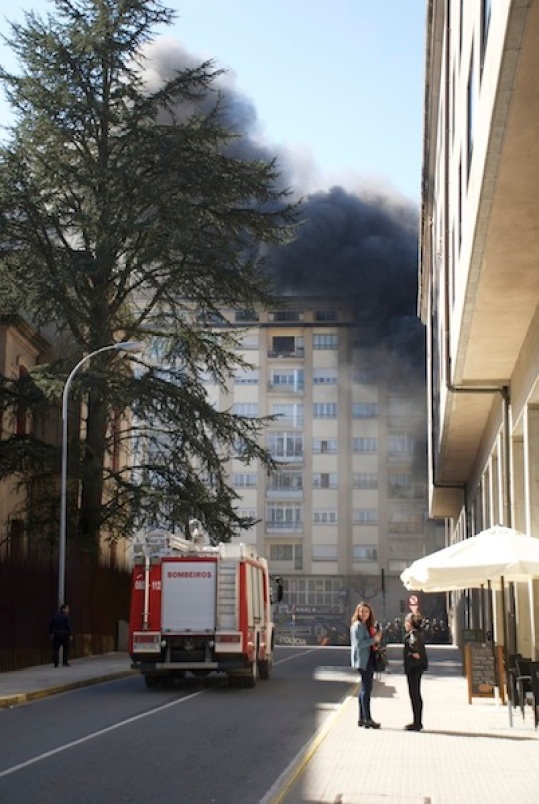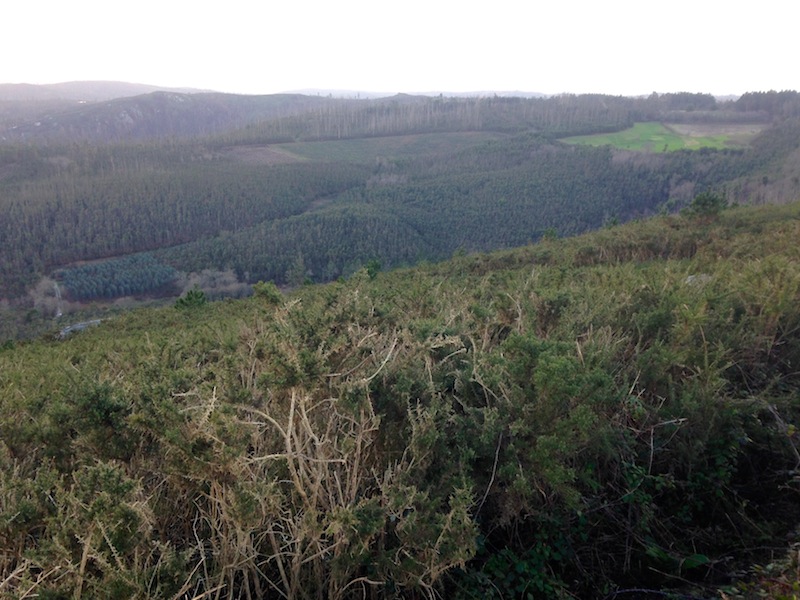The towns of Ourense are famous for their rich (and rather strange) carnaval traditions, so my friend Kaitlyn and I posted ourselves in the capital city to partake in nearby celebrations and to do some explorations of our own. Phase one of exploration was, at the suggestion of Kaitlyn, Allariz.
Never heard of Allariz? That makes two of us. Allariz is a bitty town (in the neighborhood of 5,000 people) located about 15 km from the city of Ourense. Along the coast of Galicia, towns melt into one another seamlessly; in the interior, separation is more distinct.
Due to some…complications with our Couchsurfing host, we arrived in Allariz much later than initially planned. Peppered with Galicia’s typical indecisive drizzle, we stared blankly at our new surroundings and started walking.
I have long held a suspicion that my nose operates reflexively; that is, it receives sensory input and routes it directly to my legs without first passing through my brain. I don’t hate it. So where did our first directionless steps lead us? To food, of course! Before long Kaitlyn and I found ourselves wandering up a hill and into a clearing of tents filled with pulpo (octopus) and churrasco (barbecue) stands. And so we ate.
This marked the first time I saw the entire prep process for pulpo a feira, the octopus dish Galicia is so famous for. Using long, metal rods, the cooks submerged and then removed whole octopi from large metal boilers, placing them on a wooden planks lying across the boilers.
Then, taking scissors, they snipped the tentacles into discs and piled them on round wooden plates, sprinkling the final product with aceite de oliva (olive oil) and pimentón (paprika). You will rarely see pulpo a feira on any other kind of plate, because (1) of tradition and (2) the wood absorbs water, but not oil.
The final product:

This random square of tents in random Allariz gave me the best octopus I had in Galicia, period. The teachers at my school often told me that the province of Ourense boasts the best pulpo, and I wholeheartedly agree. Accompanied with a crusty loaf of pan rústico and a bottle vino tinto, Kait and I felt as fluid as octopi by the time we were finished.
As the town sank into its daily siesta, we slipped down by the river for a post-feast coffee. We settled into Café Bar A Fábrica, posting ourselves by the floor-length windows so that the Río Arnoia gurgled just feet below our feet.

We spent the rest of the afternoon walking – by the muddy banks of the river, through the cobblestone streets of the casco viejo (old zone), up a grassy knoll overlooking the town.


Beautiful towns do indeed come in small packages.


























































































 A couple of weekends ago, an overstuffed car of auxiliars and I headed to La Playa de Catedrales (English, Beach of Cathedrals; Gallego, Praia das Catedrais). It’s about two hours northeast of Santiago de Compostela. The sky was clear and blue (what now?). And y’all. This place was glorious.
A couple of weekends ago, an overstuffed car of auxiliars and I headed to La Playa de Catedrales (English, Beach of Cathedrals; Gallego, Praia das Catedrais). It’s about two hours northeast of Santiago de Compostela. The sky was clear and blue (what now?). And y’all. This place was glorious.





